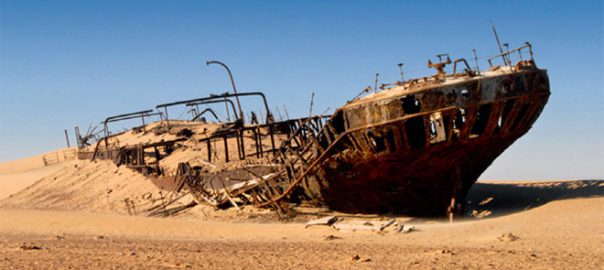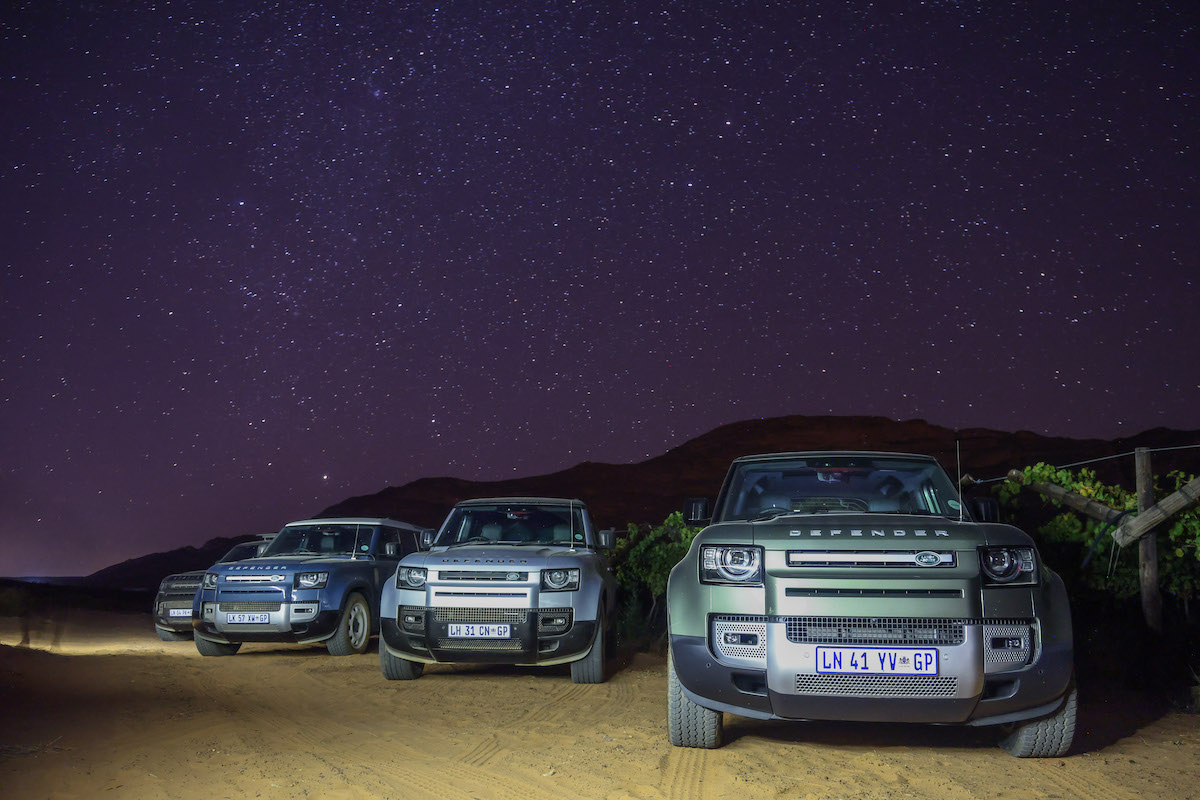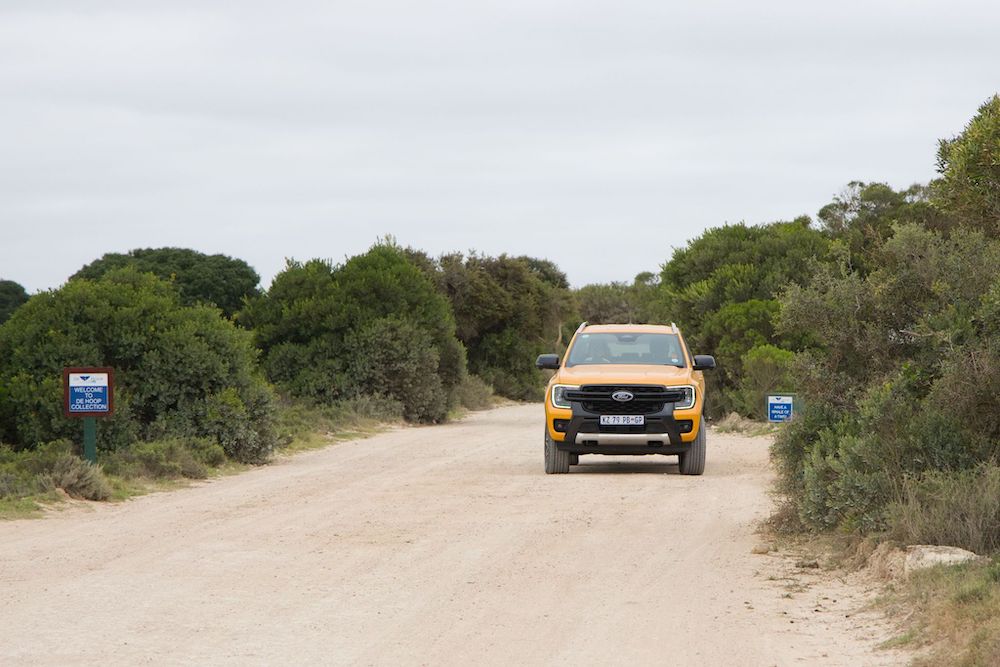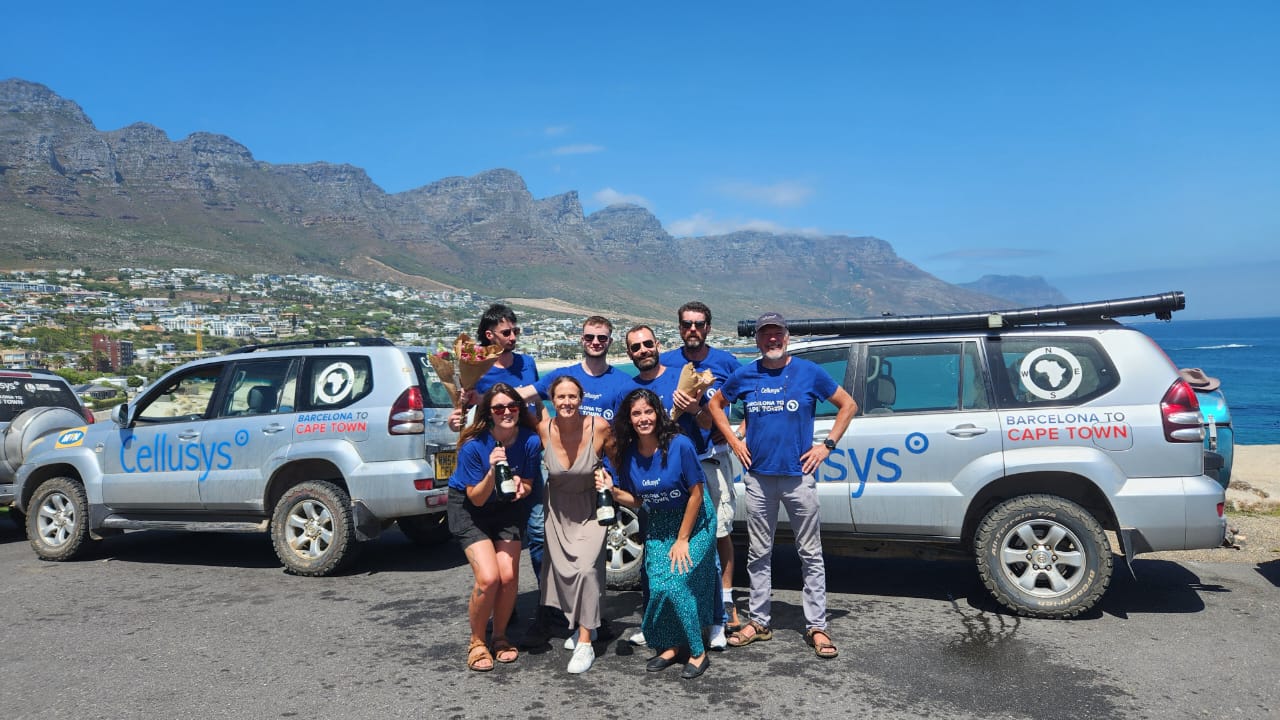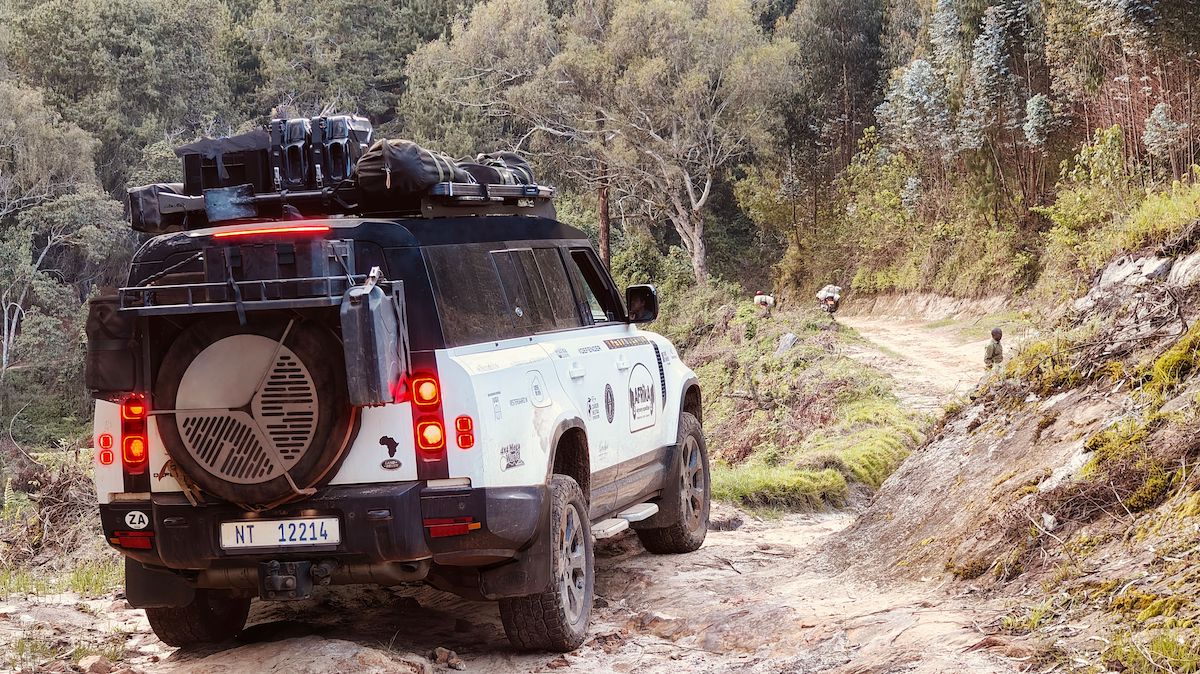Various 4×4 expeditions through the Namib Desert are offered by operators in Namibia. But along came Uri Adventures and the radiosondergrense 4×4 club, plotting a new route from Solitaire to Walvis Bay that is not for the faint of heart
Text: Francois Rossouw
Photographs: Siggy Bischop
The plan: to create a route that takes in some of the highest, most extreme dunes – towering up to 150m into the sky – and some of the deepest “antbear holes” – cone-shaped cavities some 100m from top to bottom, where the soft, powdery sand blown in by the winds will swallow a vehicle as mercilessly as an antbear does an ant.
The players: Eben Delport, the man behind Uri Adventures and desert expert bar none; the management of the Namib-Nauwkluft Park through which the route runs; and brave members of the RSG 4×4 Club with proven sand-driving skills who had done at least four club expeditions.
The name: “Die Dal van Doodskaduwee”, or the Valley of the Shadow of Death.
At the beginning of July this year, 19 four-wheel-drive vehicles and their experienced drivers, a guide and two fully-equipped kitchen trucks assembled at the Solitaire Lodge near Sossusvlei.
On the first night, some of the group camped at the lodge’s campsite, while others used the opportunity to sleep in a comfortable hotel bed for the last time before facing six nights of whatever the desert had to offer. A sheep on the spit was the final luxury before the sand and dust of the Namib.
Early on the second day the convoy headed north to the entrance gate to the Nauwkluft National Park, where the road ended and the group entered the desert.
As a result of good rains early in the year, the sand was covered in soft grass. Care had to be taken to avoid grass build-up around the vehicles’ manifold and exhaust, where it could ignite from the heat.
We followed the route marked out on a 1904 German military map, ending up at the Kuiseb River, where we camped. The most beautiful sunset was followed by a freezing wind that forced us to bed very early.
Next day we entered the dry Kuiseb River, driving through a deep canyon to Homeb. Here we found a Topnaar settlement where the Khoikhoi eke out a living by farming cattle and goats, and the staple diet is the melon-like fruit of the !Nara plant.
From Homeb we tried to stay close to the Tropic of Capricorn – the same route Kingsley Holgate used on his round the world circumnavigation. During the day we drove the dunes and at night we camped among them, being treated to the most wonderful meals prepared by the Uri team – miles from civilisation.
At Sandwich Bay we reached the sea, and turned south to Conception Bay, named Golfo de Santa Maria de Conceicao by the Portuguese explorer, Bartelomeu Diaz, on 8 December 1487 – the anniversary of Maria’s conception.
From here we drove on the beach to the wreck of the Shawnee – an American ship that ran aground in 1976.
Now the fun really started. We turned eastwards, back inland, and faced the Namib’s most formidable dunes. On and on the convoy battled, over the towering dunes and through the “antbear holes”. We avoided the deepest ones, because once you get stuck in there, all we can do is take a photograph and remember you as a brave man! This is truly the Valley of the Shadow of Death.
At some places we had to let the tyres down to 0,4 bar to get over the dunes. Then we had to inflate them again to prevent the tyres coming off the rims. That did happen a couple of ti mes, though, but then we used the air jack to lift up the wheel, clean the sand from the tyre and inflate it again, using a diving cylinder.
One particular afternoon it was so hot and the sand so warm and soft that it was impossible to get over the dunes. We threw in the towel, camped there for the night and carried on the next morning when the sand was cold and firmer.
Eventually we came across the Paaltjies route, named after the row of poles planted by one Achem Lensen – long before the days of global positioning systems – to mark out an easier route to Conception Bay for the departments of fisheries and nature conservation.
It was a relief to see the first paaltjie. Our fuel was getting low and the tyre team was getting tired.
At last, on the seventh night, we arrived at Lauberville – an old security police camp in the Kuiseb River. It is next to the memorial built for Heinrich Scheppman, the German missionary who founded the Scheppmansdorf Rhenish mission here in 1845.
This camp is currently maintained by the Topnaar community and is used extensively by 4×4 groups coming out the desert or entering from the north.
The last night we indulged in a hot shower and enjoyed the farewell braai by Uri Adventures. From here it was only 35km of hard road to Walvis Bay, where fuel and refreshments were available.
It took the valet service two days to get the sand out of my vehicle, following the most extreme 4×4 sand trip I had undertaken in my 35 years of off -road driving.
Next year, again in the first week in July, we will be back to once again challenge the Valley of the Shadow of Death in the Namib.
